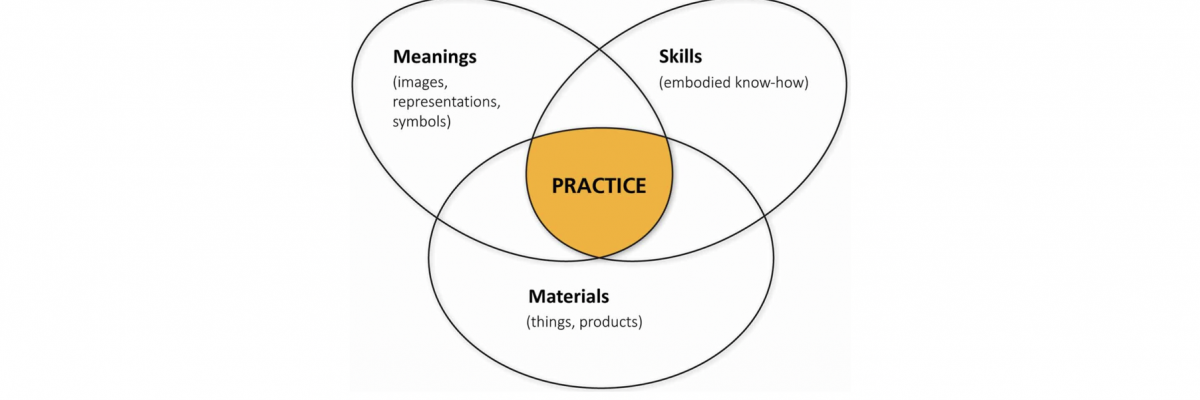City Know-hows

Target audience
Local housing policymakers, policymakers interested in measuring community well-being and developers of multi-unit residential buildings.
The problem
Community well-being in the built environment is ‘greater than the sum of its parts’. However, methods have not caught up to demonstrate this in terms of evidence-based approaches. In practice, evaluation methods and frameworks are reductive, measuring community well-being as an aggregate of factors of individual well-being. They operate as a kind of ‘pick and mix’ of dimensions and indicators. As such, they are ill-suited to reflect value in an appropriate way when used to inform planning policy and practice that seeks to improve community well-being.
What we did and why
We aligned the concept of community well-being with current building performance assessment methods. For our approach, we integrated a Social Practice Theory lens to understand the interaction between community factors and features of the built environment. Social Practice Theory being a psychological approach that seeks to determine the link between practice and context in ‘on the ground’ implementation.
Our study’s contribution
In terms of analysis, we advocate participatory mixed methods to integrate community wellbeing theory into current assessment methods. Our example supports the development of a novel, evidence based tool for assessing community well-being in the built environment. We recommend improvements to community wellbeing assessment based on our own research, including participatory methods, local community engagement, and use of Photovoice.
Impacts for city policy and practice
Implications for city policy and practice: Our findings offer the following contributions to city policy and practice:
We review seven frameworks for community well-being in the built environment to identify gaps between theory and methodology
We recommend of participatory mixed-methods to address identified gaps
We illustrate how a Social Practice Theory lens allows us to conceive the concept of well-being as an emergent property for planning that is shared, and temporally and geographically bounded.
Further information
Not available.
Full research article:
Community wellbeing in the built environment: towards a relational building assessment by Norene Lach, Sarah McDonald, Sylvia Coleman, Marianne Touchie, John Robinson, Garrett Morgan, Blake Poland and Alstan Jakubiec.
Related posts

The study by collecting data from a sample in a developing and rapidly urbanizing country in South Asia highlighted the importance of green space interventions to promote urban dwellers’ contact with urban green spaces and physical activity levels. Moreover, it highlighted differences in urban green space usage behaviours based on differences in sociodemographic characteristics, suggesting the necessity to target certain sub-population groups more than others.

Let’s make our cities health-supporting settings! Hungarian members of the WHO European Healthy Cities Network have developed a city health planning methodology based on two decades of fieldwork. It offers a solution for health experts and decision-makers to bridge the gap between local health needs and challenges in implementing community health initiatives.

How people use energy affects their health, current approaches focus on behavioral change or interventions in the home. This strategy discounts the influence of healthcare. To integrate healthcare into this issue we need to engage with how it is already understood within healthcare and what the challenges are.